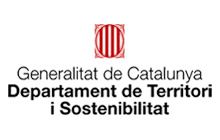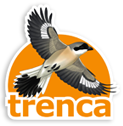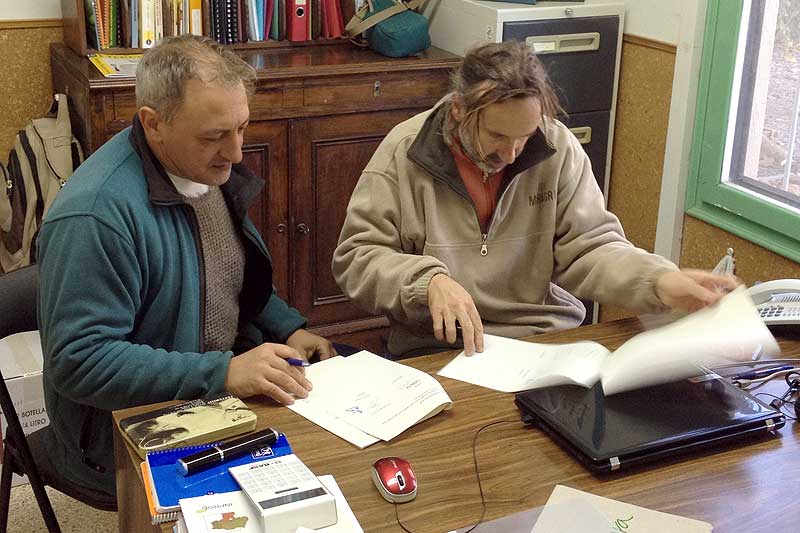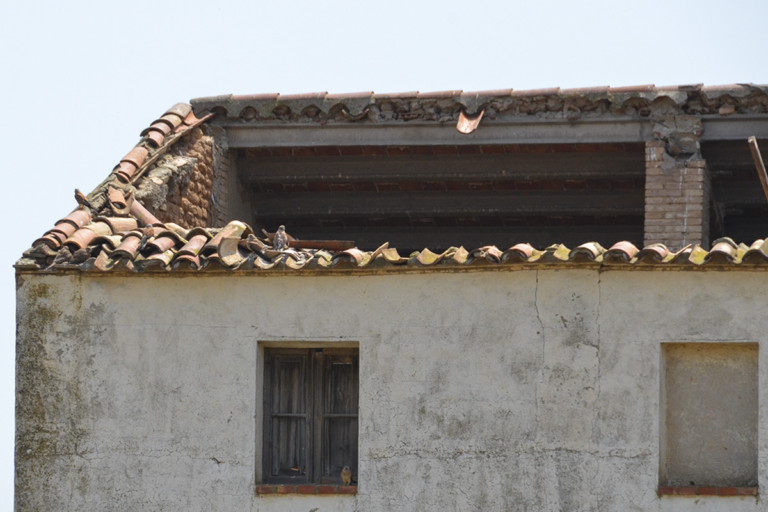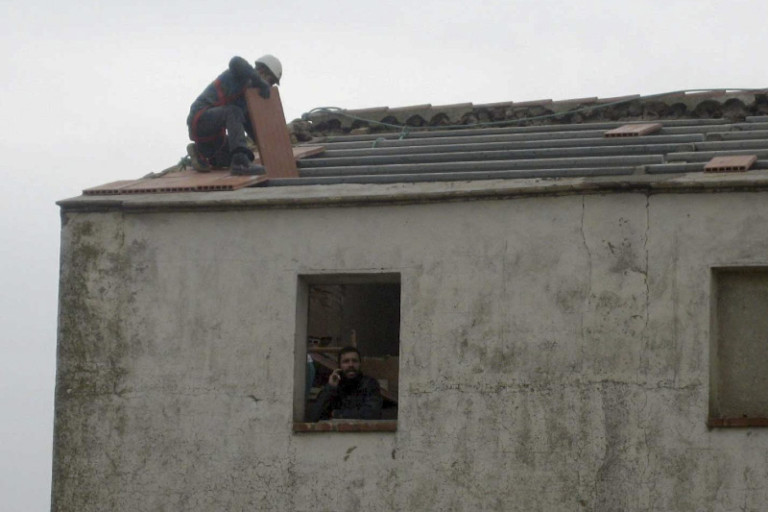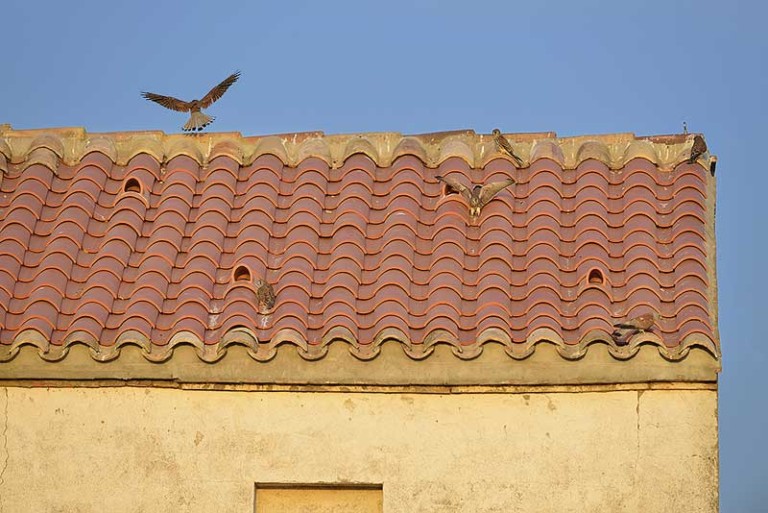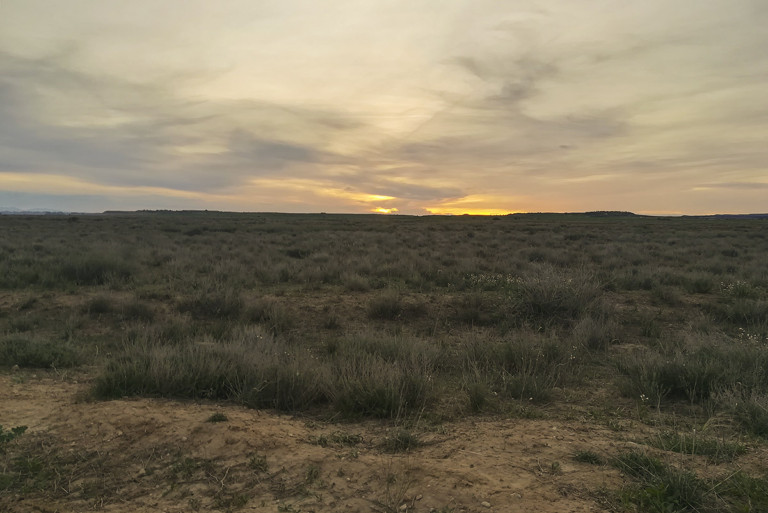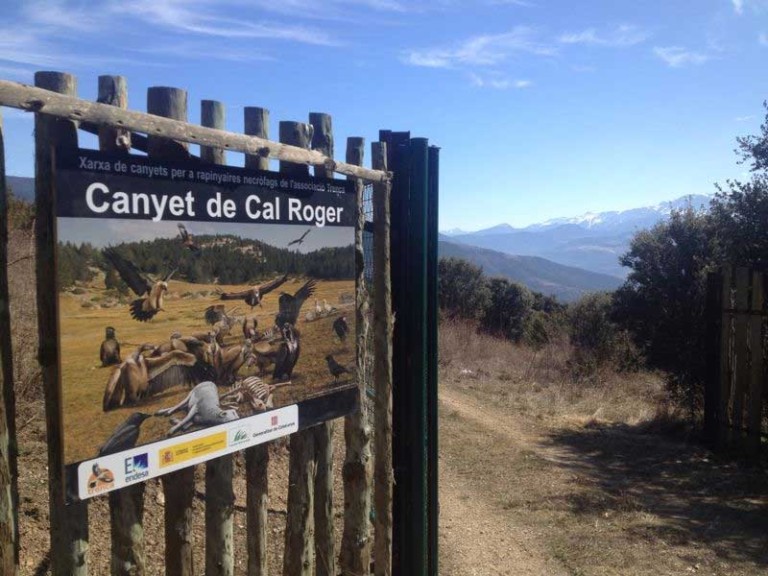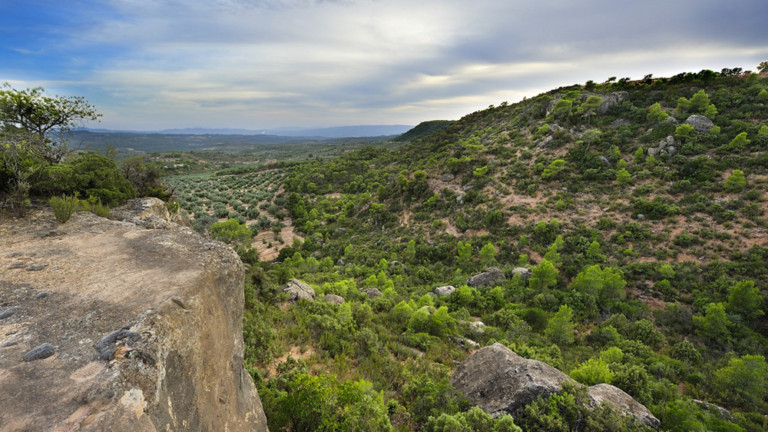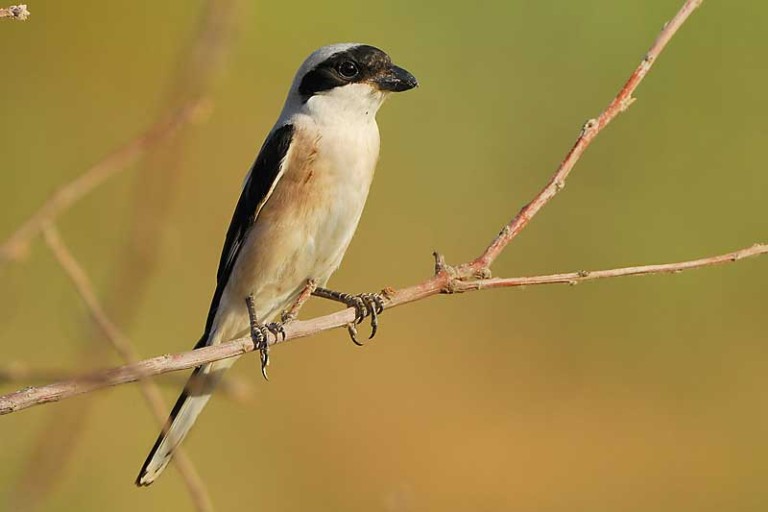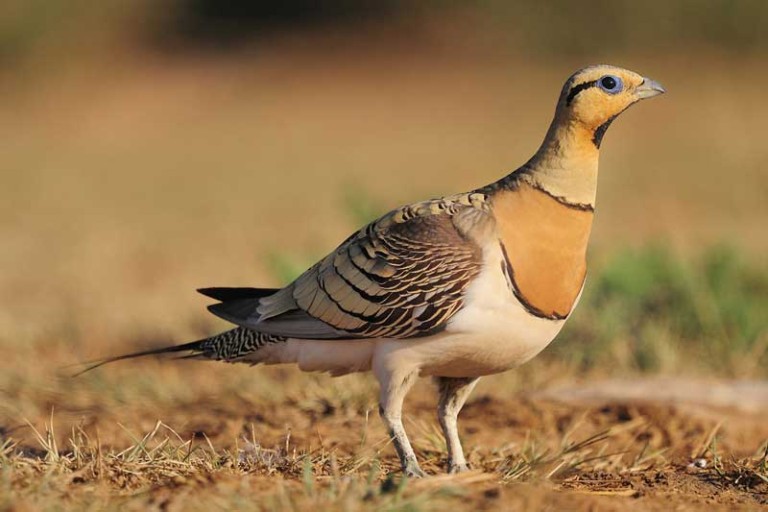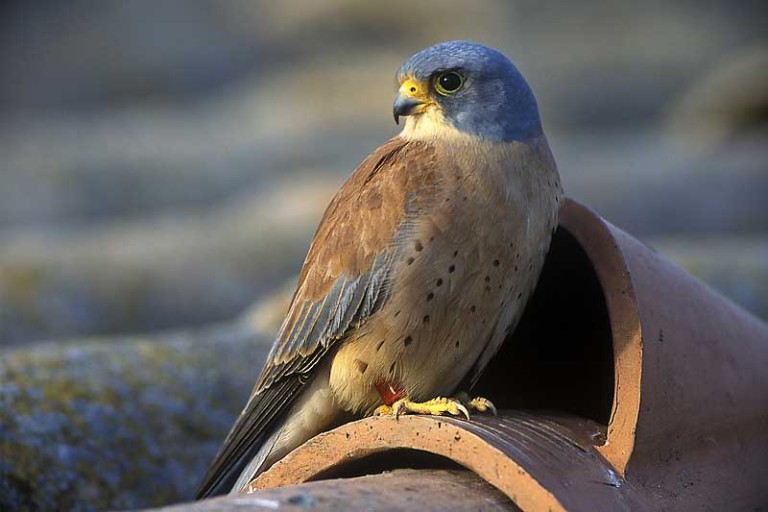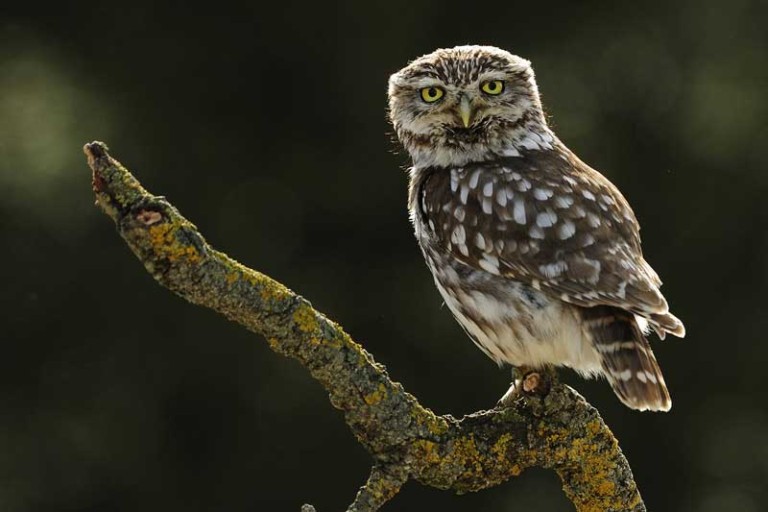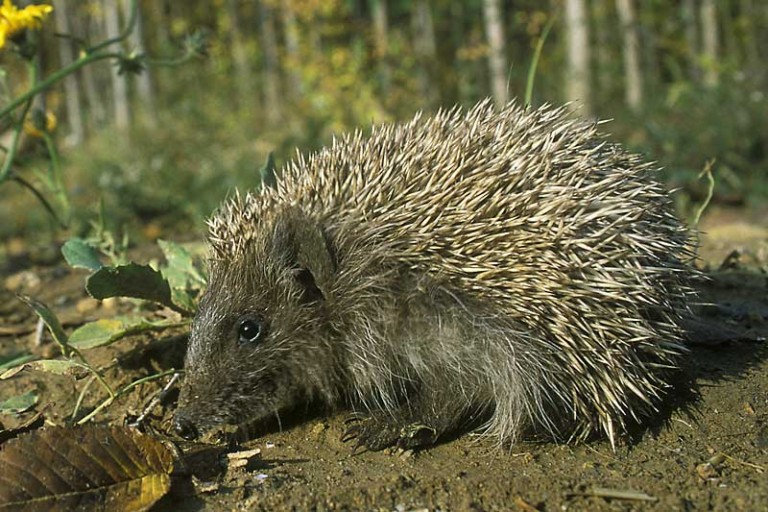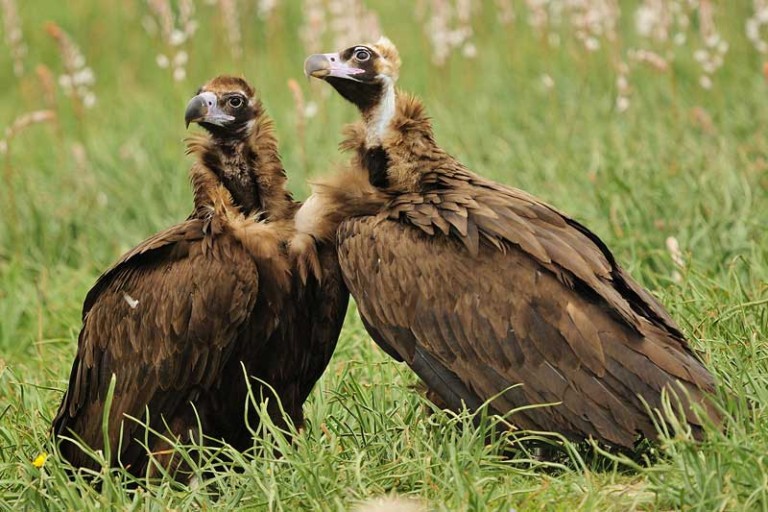Trenca is a land stewardship entity, member of the Xarxa de Custòdia del Territori. Through stewardship agreements we carry out several projects or actions making compatible land use compatible with the conservation of natural and landscape elements.
Land stewardship is a strategy of the civil society for the conservation of natural, cultural and landscape values. Through a stewardship agreement a voluntary pact is done between a land stewardship entity and a land owner, in order to maintain or recover the natural or cultural heritage of the farms under the agreement.
Trenca Association has signed several land stewardship agreements:
Torre-ribera’s land stewardship agreement
Torre-ribera farm is a private land of 543,12 ha. It is located in a cereal crop area in the Segrià regional district (Lleida). Field margins, large trees (plane trees, poplars, ashes, etc.) and small forest patches have been preserved. The presence of ponds (some of them with good reedbed) and the fact that some fields are irrigated by flood have created small wetlands. A total of 164 bird species have been observed in this agricultural estate, of which 70 are breeding species.
The objective of the agreement is to carry out actions for the conservation and improvement of the existing habitat and for the conservation of the lesser grey shrike (Lanius minor), the most endangered vertebrate in the Iberian Peninsula. Actions are always carried out in a consensual way with the land owner.
For further information on this project please check the section Conservation of the Lesser Grey Shrike (Lanius minor) in Spain on this website.
Alguaire’s land stewardship agreement
The farm in Alguaire is a private land of 42 ha. and is located in a cereal crop area in the Segrià regional district (Lleida).
Among the objectives of the agreement, it should be pointed out the restoration and refurbishment of the roof of a farmhouse where a lesser kestrel colony (Falco naumanni) is breeding, one of the most important colonies in Catalonia.
Land stewardship agreement of Alfés thyme field
Alfés estate, owned by the Generalitat de Catalunya, covers a total of 112,9 ha. It is located inside the protected natural area of Secans de Mas de Melons-Alfés (Mas de Melons-Alfés drylands).
It is the only thyme field that has been preserved until now in Catalonia. It is an important habitat for many birds species, among the highlights of wich are Alaudidae family species and steppic birds (the pin-tailed sandgrouse, the stone-curlew, the calandra lark, the short-toed lark, the skylark, the Thekla lark, the little bustard and more rarely the black-bellied sandgrouse).
It also stands out because of its insects populations, to the point that there are species only found here and nowhere else in Catalonia or very rarely in Spain.
The objective of this agreement is to carry out actions for the conservation and improvement of the existing habitat, as well as to promote biodiversity in this natural area. In this estate ther is the Alfés airfield. The actions will be done in a consensual way with all actors involved in the area.
Land stewardship agreements for the SFPs (supplementary feeding points) for scavenger birds of prey
- Siall SFP (Isona i Conca Dellà municipality land, Pallars Jussà regional district).
- Bassella SFP (private land, Bassella municipality, l’Alt Urgell regional district).
- Cal Roger SFP (private land, Montferrer i Castellbò municipality, l’Alt Urgell regional district).
The objective of the agreements is the managament of these places for the benefit of scavenger raptors, key to the ecological balance of ecosystems, enhancing the availability of food for these birds. Besides, the functioning of these SFPs is directly related to the reintroduction project of the black vulture in the Pyrenees.
You can find further information on this project in this website too: SPF (Supplementary Feeding Points) network.
Les Garrigues land stewardship agreements
Several private agricultural estates in the municipality of Bovera (Les Garrigues regional district, Lleida). All together they cover about 25 ha. It consists of olive groves, distributed in terraces built using dry stone structures, surrounded by arboreal and herbaceous communities associated with the Mediterranean forest.
The objective is, together and in agreement with land owners, to manage and to protect he land, its resources and the natural, agricultural, landscape and cultural heritages, in a fully compatible way with a financially profitable activity.
For further information on this project, please check the section: Mountain olive grove and biodiversity on this website.
Some of the beneficiaries
With all these projects and actions, we preserve and promote biodiversity.
Alcaudón chico
La Ganga es una de las especies beneficiadas gracias a nuestros acuerdos de custodia
Cernícalo primilla
Mochuelo
Erizo
Buitre negro
Photos: © Jordi Bas
With the collaboration of:
